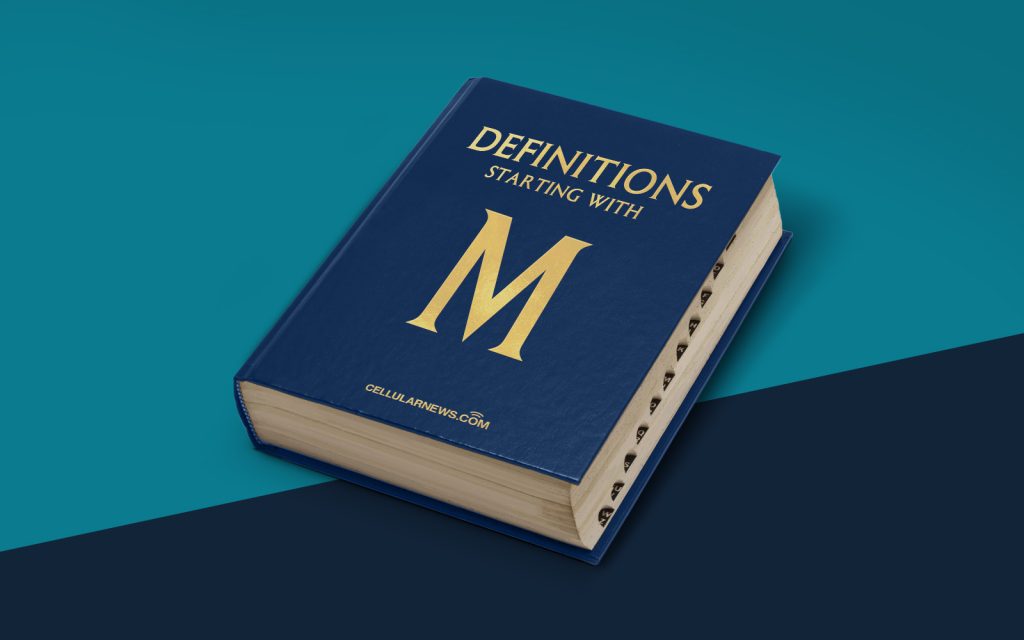
Understanding MIP Mapping (Mipmapping)
Welcome to another installment of our “Definitions” series, where we dive deep into the world of technology jargon and shed some light on complex terms. Today, we are talking about MIP Mapping, or Mipmapping for short. If you’ve ever wondered what MIP Mapping is and how it affects your online experience, you’ve come to the right place. In this article, we’ll explain the concept of MIP Mapping and why it’s an important technique in computer graphics.
Key Takeaways:
- MIP Mapping, also known as Mipmapping, is a technique used in computer graphics to optimize texture rendering.
- It involves creating multiple levels of detail for a texture, allowing for more realistic and efficient rendering of distant objects.
So, you may be wondering, what exactly is MIP Mapping? Essentially, MIP Mapping is a method used to enhance the visual quality of textures in computer graphics. When rendering a 3D scene, textures are applied to objects to give them realistic appearances. However, when objects become smaller in the distance, the level of detail in the textures often diminishes, resulting in visual artifacts such as flickering or blurriness.
To address this issue, MIP Mapping creates a series of pre-calculated texture maps known as MIP maps. These maps contain progressively smaller versions of the original texture, each representing a different level of detail. When an object is rendered, the appropriate MIP map level is chosen based on its size on the screen. This ensures that even distant objects appear crisp and clear, as the renderer selects the MIP map with the appropriate level of detail for a given object.
The benefits of MIP Mapping are numerous, and they significantly improve the graphics quality in games and other applications. Here are a few key takeaways:
- Improved performance: By using MIP Mapping, the renderer only needs to load and process the necessary MIP map level for each object. This helps reduce the overall computing resources required, resulting in smoother performance.
- Reduced artifacts: MIP Mapping helps eliminate the visual artifacts that typically occur when rendering distant objects. The inclusion of multiple MIP map levels ensures that textures blend seamlessly, producing a more realistic and immersive visual experience.
In conclusion, MIP Mapping, or Mipmapping, is an essential technique in computer graphics that enhances the visual quality of textures while improving performance. By creating multiple levels of detail for textures, MIP Mapping ensures that objects appear realistic and blur-free, even at a distance. The use of MIP Mapping has revolutionized the gaming industry by delivering awe-inspiring graphics and immersive gameplay experiences. So, the next time you marvel at the detailed graphics in your favorite game, remember that MIP Mapping played a significant role in bringing those visuals to life!
